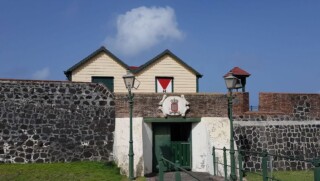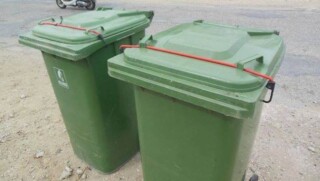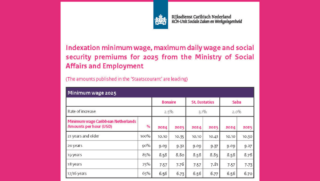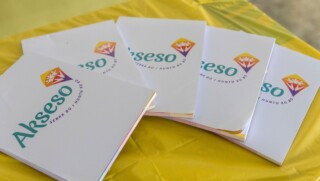Iguana nest assessment conducted on St Eustatius
Photo: STENAPA
ORANJESTAD- Julian Thibaudier has been collaborating with STENAPA and Thijs van den Burg to conduct the project, ‘Nest assessment of critically endangered Lesser Antillean iguanas on St. Eustatius’, funded by Wageningen Marine Research.
Julian assessed 35 nesting sites on iguana activity. In the past two years, he excavated 13 nests in total. This year, St Eustatius National Parks Foundation (STENAPA) has helped with 3 of these excavations (2 in the previous year).
These nests were found with the help of emergence-holes: little holes on the surface of the soil out of which the hatchlings emerge after having hatched out of the egg in a chamber deep below the ground. The nest cavity is often found after digging for from around three hours to more than a day, and sometimes as deep as 1.65m. One nest was also 6 meters away from the nest entrance. Julian is always stunned by the effort the mother iguanas make for their young. When you see iguanas climbing trees, you realize that they are great climbers. But what you don’t always realize is that they are incredible diggers as well.
Empty eggshells can be found in the chamber, indicating that the baby iguanas had hatched successfully. Some nests can have one or more eggs that have not hatched at all. This data is very useful, because it tells us how effective the population on Statia is reproducing.
Crucial
“The Lesser Antillean iguana is native to our island and is critically endangered. Successful reproduction is crucial for the recovery of their population and subsequently, the benefits to the entire ecosystem” shared Achsah Mitchell, Outreach Officer at STENAPA.













